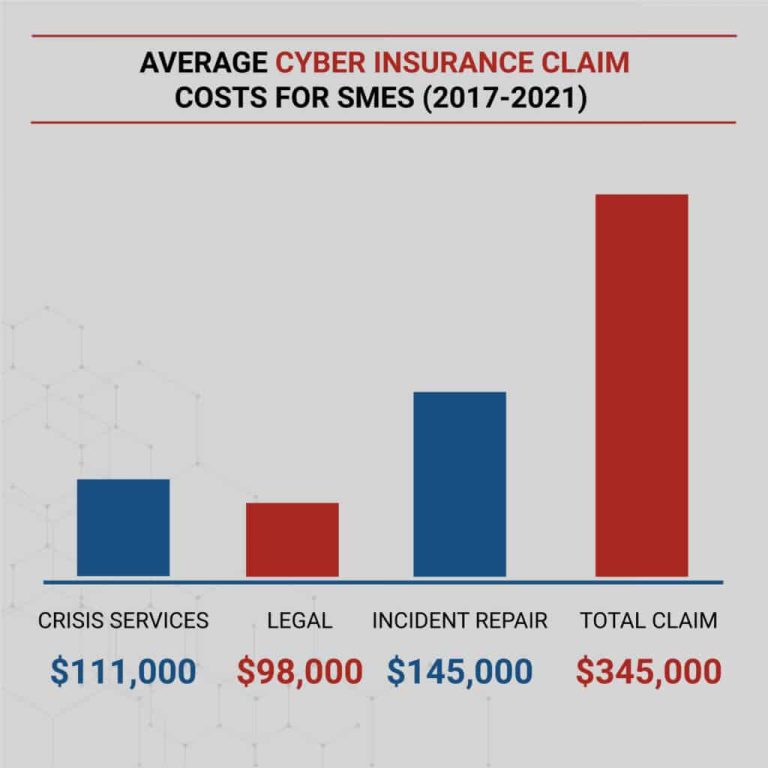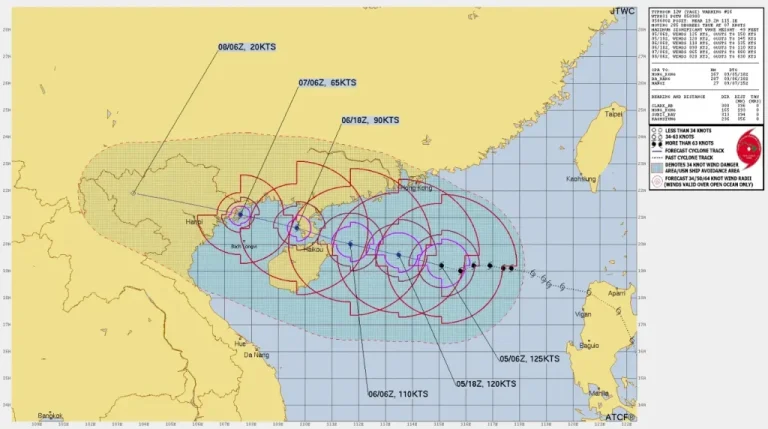Employers across the Asia-Pacific (APAC) region are navigating a challenging landscape of insurance benefits, where rising costs and medical inflation are forcing strategic recalibrations in employee coverage. Recent data from the Asia Employee Benefits Report 2025, compiled by the Chartered Institute of Personnel and Development (CIPD) and AIA, reveals a nuanced picture of how organizations are adapting to financial pressures while attempting to maintain meaningful employee support.
The most immediate trend is a noticeable reduction in insurance benefits. Life and accident insurance, once provided by 55% of organizations, has dropped to 50% coverage. Similarly, hospitalization and surgical insurance has fallen from 50% to 42%, and outpatient insurance has decreased from 52% to 40%. These reductions are primarily driven by medical inflation, which has dramatically doubled between 2020 and 2024, creating significant budget constraints for employers.

However, the story isn’t entirely about cutbacks. Longer-term data shows some positive developments. Group Term Life coverage limits have increased by up to 11% annually since 2019, and inpatient coverage limits have grown by approximately 6% each year. Specific markets like Singapore, Malaysia, and Hong Kong are seeing expansions in critical illness and outpatient coverage, suggesting a more complex evolution of insurance benefits.
The challenges facing employers are multifaceted. Nearly half of the surveyed organizations cite rising costs as their primary concern, with medical expenses presenting the most significant pressure. Interestingly, while 44% of firms acknowledge the difficulty of understanding employee expectations, only 26% actively seek staff feedback when designing benefits packages. This disconnect could potentially impact employee satisfaction and retention.
Looking forward, organizations are showing strategic intent to improve certain insurance aspects. Approximately 33% plan to enhance outpatient insurance coverage, recognizing the importance of accessible medical care for non-hospitalized treatments. Mental health benefits are gaining attention, with 27% of organizations planning to expand coverage in this area. Additionally, 21% of firms aim to strengthen life or accident insurance offerings.
The regional landscape reveals fascinating variations. While the report provides a broad APAC perspective, markets like Singapore demonstrate particularly dynamic insurance environments. For instance, Sun Life Singapore has recently introduced indexed universal life products tied to S&P 500 performance, targeting wealth accumulation and estate planning needs.
Employers are also adopting a more holistic approach to employee support. Beyond traditional insurance, there’s growing emphasis on health and well-being programs, training opportunities, and flexible work arrangements. This suggests a broader understanding that comprehensive employee benefits extend beyond mere financial protection.
For employees, these shifts mean navigating a changing benefits landscape. While short-term reductions might seem challenging, the planned enhancements in outpatient and mental health coverage indicate a thoughtful approach to addressing critical healthcare needs.

The key takeaway is that APAC’s insurance benefits sector is not experiencing a simple contraction, but rather a complex recalibration. Employers are carefully balancing rising costs with the need to provide meaningful employee support. By incorporating staff feedback and exploring innovative coverage options, organizations can develop more responsive and effective benefits strategies.
As medical costs continue to evolve and workforce expectations shift, the insurance benefits landscape in APAC will undoubtedly continue to transform, requiring ongoing adaptability from both employers and employees.












